Processing frozen fruits at the agricultural processing factory of Thabico Food Industry Joint Stock Company (Tien Giang). (Photo: KHÁNH AN)
According to the Institute of Strategy and Policy on Agriculture and Environment (Ministry of Agriculture and Environment), in the first months of 2025, agricultural exports to the Chinese and ASEAN markets tended to decrease compared to the same period in 2024, while exports to Japan and South Korea both recorded growth.
Specifically, in January 2025, agricultural exports to Japan reached 381.24 million USD, up 0.9% compared to December 2024 and up 0.5% compared to the same period in 2024; exports to South Korea reached 201.62 million USD, up 0.2% compared to December 2024 and the same period in 2024. The reason is that the demand for agricultural products in these markets is increasing, especially for Vietnamese products with strengths such as rice, coffee, fruits, seafood, etc.
On the other hand, both Japan and South Korea have signed and participated in free trade agreements such as: Vietnam-South Korea Free Trade Agreement (VKFTA), Vietnam-Japan Economic Partnership Agreement (VJEPA), Regional Comprehensive Economic Partnership Agreement (RCEP), etc.
In the Japanese and Korean markets, Vietnam is a large source of vegetables, fruits and processed products.
According to Mr. Dang Phuc Nguyen - General Secretary of the Vietnam Fruit and Vegetable Association, in the first two months of 2025, Korea was the third largest fruit and vegetable export market of Vietnam with a turnover of more than 44 million USD, an increase of 8% over the same period in 2024. Meanwhile, Japan was the fourth largest fruit and vegetable export market of Vietnam, reaching more than 33 million USD, an increase of 23% over the same period in 2024.
“However, compared to the demand for vegetables and processed products in Japan and Korea, the import proportion from Vietnam is still very low, so businesses still have a lot of room to expand their market share,” Mr. Nguyen emphasized.
Not only vegetables and fruits, these two countries have also increased their coffee imports from Vietnam recently.
In the Korean market, Vietnam's coffee exports recorded double-digit growth. Specifically, January 2025 reached 14.9 million USD, an increase of 25% over the same period in 2024. According to statistics, the Korean coffee market includes two main segments: home consumption and out-of-home consumption. It is expected that revenue from home-consumed coffee will reach 2.18 billion USD in 2025, while revenue from out-of-home consumption will reach 13.16 billion USD. Notably, at the end of February 2025, Dak Lak Import-Export Company Limited (Simexco Daklak) successfully exported a shipment of 500 kg of specialty coffee husks (cascara tea) to the Korean market, with a value of nearly one million VND/kg.
In the Japanese market, Vietnam is currently the second largest coffee supplier, after Brazil. According to the Vietnam Trade Office in Japan, in the first two months of 2025, Vietnam's coffee export turnover to Japan reached nearly 128 million USD, an increase of more than 56% over the same period in 2024. Data from the Import-Export Department (Ministry of Industry and Trade) shows that in the period of 2025-2033, Japan's coffee consumption is expected to grow at a rate of 0.47% and is estimated to reach 5.66 billion USD in 2033, from 5.43 billion USD in 2024. The increasing demand for coffee along with the development of specialty coffee shops in Japan is an opportunity for Vietnamese businesses to boost exports.
In addition, seafood also has many opportunities for export growth when in the first two months of 2025, Vietnam's exports to Japan reached more than 222 million USD, an increase of 13% over the same period in 2024.
For wooden furniture, the export outlook to Japan in 2025 is very positive as the Vietnam-Japan Economic Partnership Agreement (VJEPA) continues to facilitate, reduce tariffs and promote growth.
According to Ta Duc Minh, Commercial Counselor of the Vietnam Trade Office in Japan, many Japanese customers are interested in products, foods, and beverages originating from Vietnam such as: Rice, vermicelli, instant pho, rice paper, fish sauce, spices, coffee, milk, coconut water, etc. Vietnamese agricultural, aquatic, and food products are increasingly appearing in large supermarket chains in Japan such as AEON, Donkihote, Itoyokado, and 100 Yen stores. In the coming time, the Vietnam Trade Office in Japan will continue to promote the connection of Vietnamese export enterprises with large Japanese importers and distribution chains; at the same time, promote Vietnamese products and goods in the Japanese market.
Source: https://baotuyenquang.com.vn/mo-rong-giao-thuong-nong-san-tai-thi-truong-dong-bac-a-211066.html


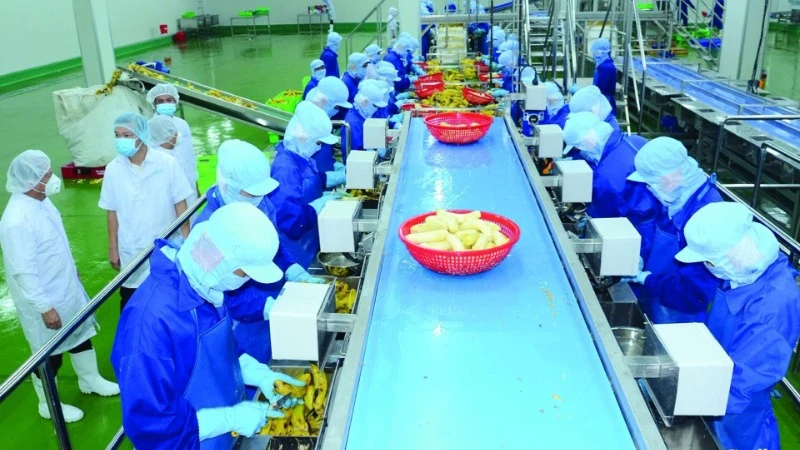


![[Photo] Solemn opening of the 9th Session, 15th National Assembly](https://vphoto.vietnam.vn/thumb/1200x675/vietnam/resource/IMAGE/2025/5/5/ad3b9de4debc46efb4a0e04db0295ad8)


![[Photo] National Assembly delegates visit President Ho Chi Minh's Mausoleum](https://vphoto.vietnam.vn/thumb/1200x675/vietnam/resource/IMAGE/2025/5/5/9c1b8b0a0c264b84a43b60d30df48f75)














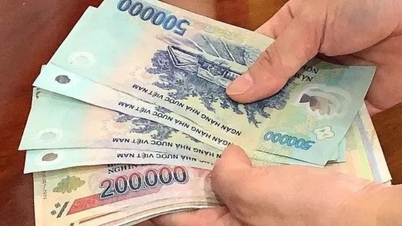


![[Photo] General Secretary To Lam receives Sri Lankan President Anura Kumara Dissanayaka](https://vphoto.vietnam.vn/thumb/1200x675/vietnam/resource/IMAGE/2025/5/4/75feee4ea0c14825819a8b7ad25518d8)
![[Photo] Bus station begins to get crowded welcoming people returning to the capital after 5 days of holiday](https://vphoto.vietnam.vn/thumb/1200x675/vietnam/resource/IMAGE/2025/5/4/c3b37b336a0a450a983a0b09188c2fe6)
![[Photo] Vietnam shines at Paris International Fair 2025 with cultural and culinary colors](https://vphoto.vietnam.vn/thumb/1200x675/vietnam/resource/IMAGE/2025/5/4/74b16c2a197a42eb97597414009d4eb8)





















































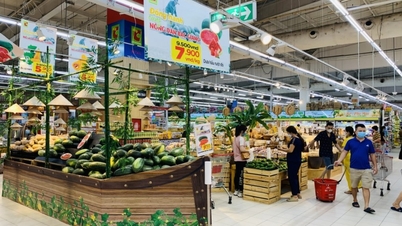

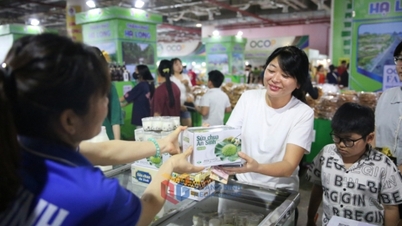

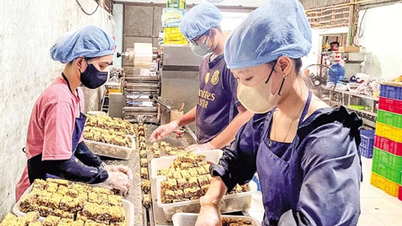





Comment (0)